
from Christmas Markets to Mozart
CLEANING UP ST. PAUL‘S
Following a four-year restoration project, the interior of the landmark cathedral of the city of London has been fully revealed to show the results of a $20 million cleaning and refurbishment. The restoration of the interior included removing 1,000 containers of dust and cleaning 15,500 square meters of stone that had been blackened by centuries of London smog. The famous dome of St. Paul’s had a 14-story scaffold suspended from the top to allow conservators to work on the 18th-century paintings of Sir James Thornhill. Mosaics, gildings and sculptures were also painstakingly cleaned by hand to complete the light, bright space that Sir Christopher Wren intended the cathedral to be. Ongoing restoration work on the exterior of the cathedral is scheduled for completion in 2008 to mark the 300th anniversary of the laying of the final stone. Web site: www.stpaulscathedral.org.uk
[caption id="InBritainTheseDays_img1" align="aligncenter" width="860"]

MIKE CAPLANIS
THE ROCHESTER DICKENS FESTIVAL
[caption id="InBritainTheseDays_img2" align="aligncenter" width="1024"]
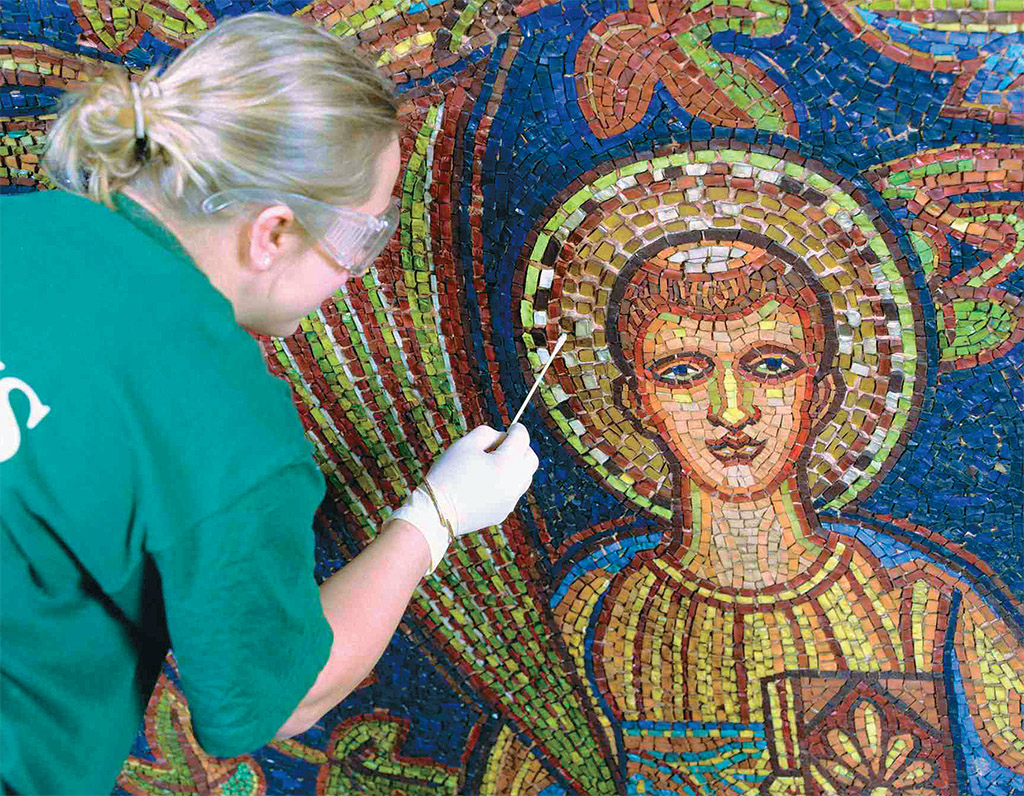
TIM LEE, CONSTRUCTION PHOTOGRAPHY
Snow is guaranteed, regardless of the weather, at Rochester’s annual Christmas Dickens Festival. Held this year on December 3 and 4, the celebration honors the great Victorian novelist whose name is synonymous with the Christmas spirit. Rochester was something of a hometown for Charles Dickens, though he was born in Portsmouth. Twice each year, in June and December, Rochester celebrates its Dickensian connections with a Victorian flare. Hundreds of residents don Victorian costume and promenade along Rochester’s pedestrianized High Street. Shops and stalls add to the Dickensian atmosphere. Visits to Rochester’s Norman castle, ancient cathedral and the Charles Dickens Centre vie with the vibrant street scene for the attention of festival visitors. There are even costumes for hire—for those who would love to join the fun. Web site: www.city-of-rochester.co.uk
HAPPY BIRTHDAY, DEAR WOLFGANG
[caption id="InBritainTheseDays_img3" align="aligncenter" width="678"]

TIM PARKER
January 27, 2006, marks the 250th birthday of the immortal composer Wolfgang Amadeus Mozart. Joining the many tributes to Mozart and the genius of his music, the BBC Symphony Orchestra will celebrate with four concerts on the actual day of his birthday. Their program for the upcoming season states, “While the world has changed beyond recognition since Mozart’s birth on January 27, 1756, the ability of his music to define and reinforce the human spirit has weathered time’s test, expressing emotions common to all generations and moving audiences across the planet.” The BBC Symphony will be at the Barbican that evening with the BBC Symphony Chorus performing Mozart’s Symphony No. 41, “Jupiter,” and the haunting and majestic Mass in C Minor. Web site: www.bbc.co.uk/symphonyorchestra
Those of us who might not be in town that evening can catch the 7 p.m. (GMT) concert live online at www.bbc.co.uk/radio3.
[caption id="InBritainTheseDays_img4" align="aligncenter" width="1024"]
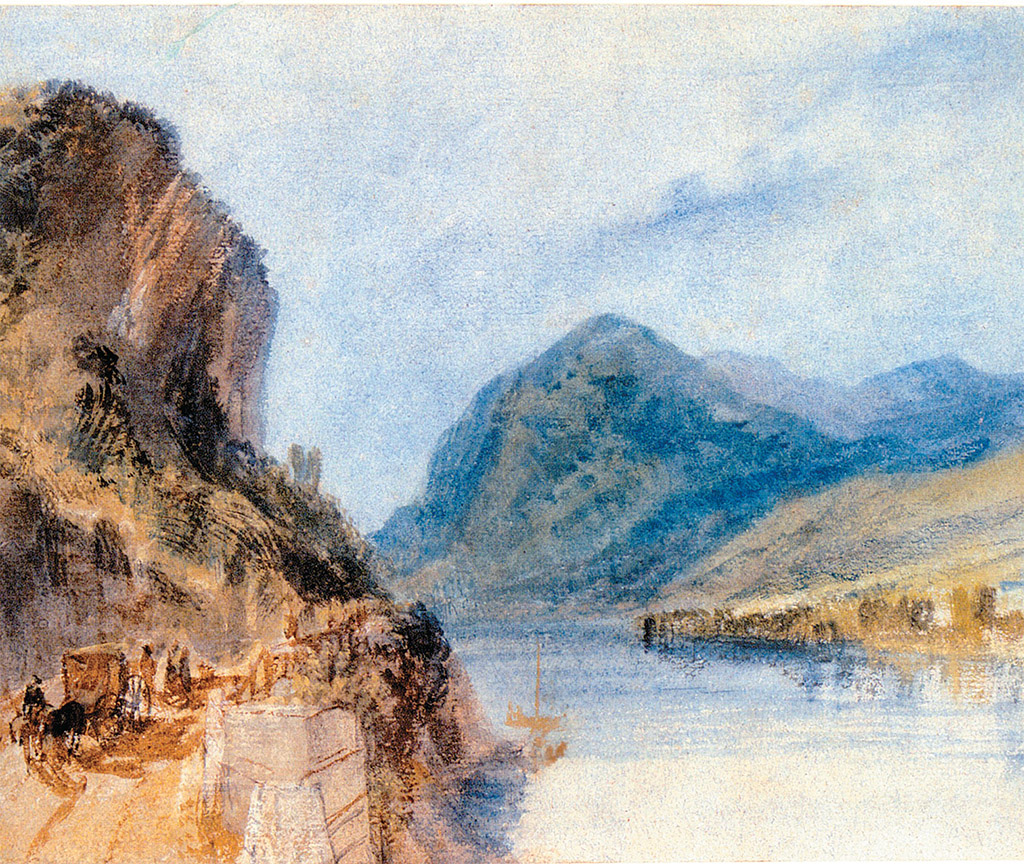
© COURTAULD INSTITUTE OF ART
FROM GAINSBOROUGH TO TURNER
Visitors to London this winter will have a rare opportunity to see the remarkable Spooner collection of early British water-colors, exhibited for the first time since 1968 at the Hermitage Rooms, Somerset House. With about 80 works on view, this important collection contains outstanding landscapes and figurative subjects by such artists as Paul Sandby, Thomas Rowlandson, J.R. Cozens, John Constable, John Sell Cotman and J.M.W. Turner. The exhibition, “Gainsborough to Turner: British Watercolours from the Spooner Collection,” spans the golden age of watercolor painting from around 1750 to 1850 and showcases the inventiveness and imagination of artists working in the medium during this extraordinary period of British art. The exhibition runs through February 12, 2006. Web site: www.hermitagerooms.org
THE BIG PIT WINS THE BIG PRIZE
[caption id="InBritainTheseDays_img5" align="aligncenter" width="678"]

BIG PIT: NATIONAL MINING MUSEUM OF WALES
A former coal mine in South Wales has won Britain’s largest arts prize—the £100,000 Gulbenkian Prize for Museum of the Year. The Big Pit in Blaenafon, the National Mining Museum of Wales, once produced 100,000 tons of coal a year and has been open to the public since 1983. Underground, visitors are kitted with helmets and cap lamps and led down the 300-foot mine shaft, past pit ponies’stables, along the subterranean rail tracks and to the silent, dark coal faces. Above ground, the winding engine house and blacksmith’s workshop have been restored. The pithead baths house an exhibition telling the story of the mines and the community.
The town of Blaenafon, 25 miles north of Cardiff, was awarded World Heritage status by UNESCO for its role in the industrial revolution. In addition to the Big Pit, Blaenafon was once an important center for making steel as well. Ironically perhaps, Blaenafon has a more pastoral image with readers around the globe as the fictional setting of R.D. Llewellyn’s evocative novel How Green Was My Valley. As a part of the National Museums and Galleries of Wales, the Big Pit offers free admission and, with the exception of January, is open throughout the year. Web site: www.nmgw.ac.uk
HAPPY ANNIVERSARY, BRIGHTON FESTIVAL!
Southern England’s favorite seaside resort celebrates the 40th anniversary of the exuberant Brighton Festival this coming year. The Brighton Festival is a three-week contemporary celebration of all that’s good in British and international performing arts. It offers a unique mix of world dance, theater, classical and contemporary music, books and street arts throughout the city and beyond. The festival brings to Brighton many performers and events that cannot be seen elsewhere in Britain and reflects as well the thriving creativity of Brighton’s own artistic community. This year’s Brighton Festival 2006 runs from May 6-28. The 40th anniversary celebration promises specially commissioned shows by high profile artists in extraordinary locations around this city-by-the-sea. It sounds like a great time to visit Brighton! Web site: www.brighton-festival.org.uk
PUTTING ANCIENT BRITAIN ON THE MAP
[caption id="InBritainTheseDays_img6" align="aligncenter" width="678"]
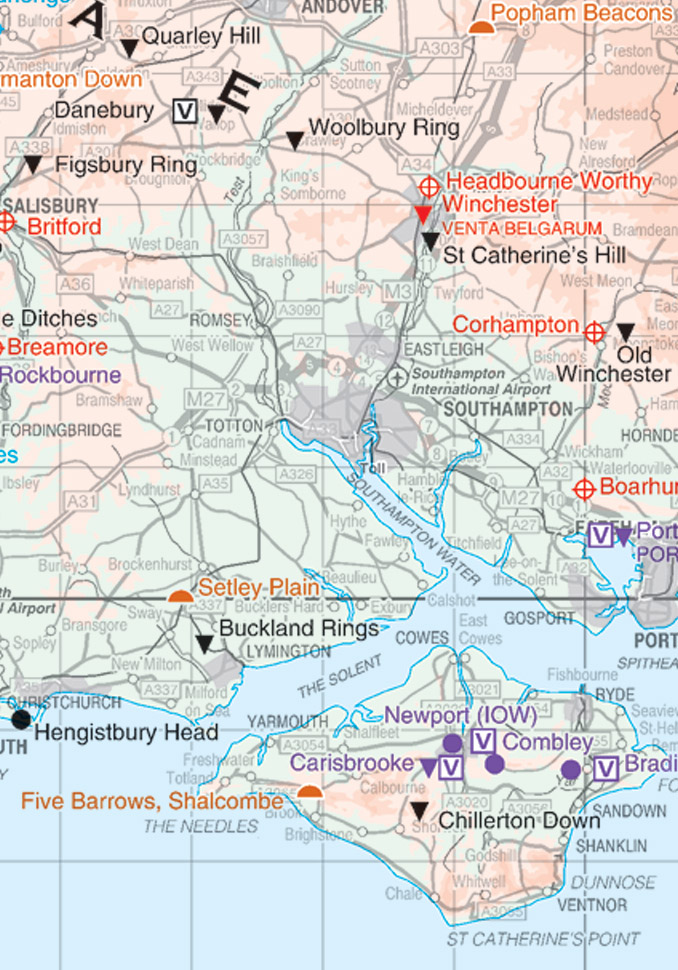
ORDINANCE SURVEY
Maps are usually most useful when they are up-to-date. A notable exception is a new map of Britain that contains information dating back to 12,000 years ago. The “Ancient Britain Historical Map” published by Ordnance Survey is a double-sided sheet showing a detailed history of the islands—including the Neolithic, Bronze Age, Iron Age, Roman and early Medieval periods—against a background of modern mapping.
The map pinpoints a wealth of historical sites to visit, including visitor centers and museums, as well as marking ancient track ways, Roman roads and regional locations of tribes, using the Roman names, such as the Iceni and Brigantes. There are also detailed feature panels and a world timeline. It is available from British bookshops or on-line. Web site: www.ordnancesurvey.co.uk/leisure
REVIVING THE CHRISTMAS MARKET
Christmas Markets have been around for centuries. The first recorded Christmas Markets were in 16th-century Munich and Nuremburg. Soon Christmas Markets were being held in cities across Europe. They became festive occasions in their own right, involving civic and church celebrations as well. In England, however, Christmas Markets died with the Puritan ban on Christmas in the 17th century. Lincoln became the first city to revive the tradition. From a small beginning in 1982 the Lincoln Christmas Market has grown to be equal to the famous European markets, and it attracts visitors and stallholders from all over Europe.
Many British cities now enter into the festive spirit by holding Christmas Markets of their own. They offer good opportunities to buy unique gifts, and to enjoy festivities and traditions in historic settings. Cathedrals, abbeys and castles are the backdrops, and many people dress in period costume. Durham, York, Edinburgh and Bath are among the cities offering Christmas Markets that increase each year in popularity. One of the most atmospheric settings is Portsmouth’s, at its historic dockyard. Its Festival of Christmas (December 2-4) has a traditional shopping village, a Victorian tavern, festive foods and 200 performers, many of them in period costume. This year the theme is “A Magical Voyage to Christmas Past.” Web site: www.christmas festival.co.uk
The 24th Lincoln Christmas Market (December 1-4) is set against the majestic backdrop of Lincoln Cathedral and its historic cobbled precincts. At 300 stalls surrounded by twinkling lights, carolers and the scent of mulled wine, traders in traditional costume proffer everything from handmade crafts to the produce of local Lincolnshire farms. A festive atmosphere reigns from the curtain walls of ancient Lincoln Castle to the venerable pubs of the old city. ‘Tis a magical place indeed to get in the Christmas spirit and get a jump on holiday shopping! Web site: www.lincoln.gov.uk/Information
[caption id="InBritainTheseDays_img7" align="aligncenter" width="689"]

©PETER TITMUSS/ALAMY


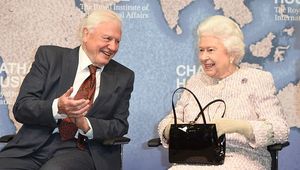



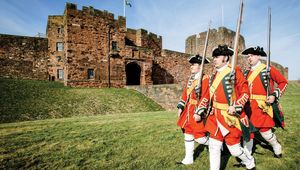

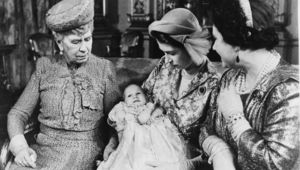
Comments